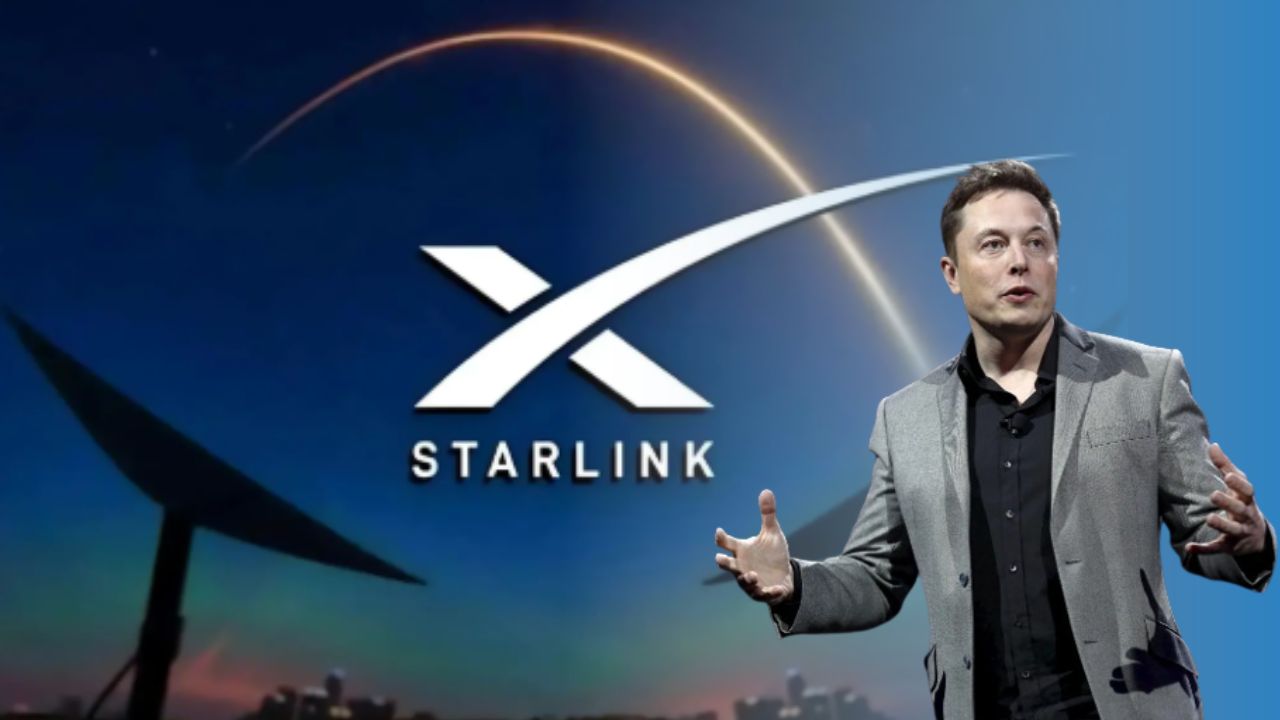In a recent announcement, Elon Musk detailed the upcoming advancements in Starlink’s satellite technology, set to revolutionize global internet connectivity. The introduction of Version 3 Starlink satellites, scheduled to launch on Starship within the next 6 to 9 months, aims to achieve latency below 20 milliseconds, a significant milestone in satellite internet performance.
Table of Contents
Lower Altitude, More Secure Connections
One of the key improvements in the Version 3 satellites is their planned lower orbit at approximately 350 kilometers, compared to the current 550 kilometers. This reduction in altitude is expected to decrease latency by about 5 milliseconds due to the shorter distance light needs to travel. Musk emphasized that this change leverages fundamental physics, as the speed of light in a vacuum is faster than in fiber optic cables, allowing data packets to move more swiftly than any ground-based internet infrastructure.
Enhanced Laser Link Technology
Another critical aspect of the Version 3 satellites is the enhancement of Starlink’s inter-satellite laser links. These links, which facilitate data transmission between satellites, are approximately 40% faster in a vacuum compared to fiber optic cables. This speed advantage is poised to further reduce latency and improve overall network efficiency. The combination of lower orbit and faster laser links positions Starlink to offer internet speeds that could surpass traditional broadband services, even in remote or airborne locations.
Implications for Global Connectivity
This development is particularly timely given Starlink’s proven capability to provide high-speed, low-latency internet during flight, as demonstrated by Musk’s earlier post about playing and uploading a video game session mid-air. The ability to maintain such connectivity is a testament to Starlink’s potential to transform in-flight internet services and extend reliable internet access to underserved regions worldwide.
Future Prospects
The anticipated launch of Version 3 satellites on Starship, SpaceX’s reusable launch system, underscores the company’s commitment to scaling up its constellation rapidly. With over 30,000 flights already supported by Starlink’s high-reliability Aero Terminal, the technology is well-positioned to enhance passenger experiences and operational efficiencies in aviation. Moreover, the promise of sub-20ms latency could have profound implications for real-time applications such as online gaming, telemedicine, and remote work, where even minor delays can significantly impact user experience.
Conclusion
Elon Musk’s vision for Starlink continues to push the boundaries of what satellite internet can achieve. By harnessing the laws of physics and innovative engineering, Version 3 satellites are set to deliver unprecedented connectivity speeds. As the world awaits the launch of these new satellites, the potential for a truly global, high-speed internet network becomes increasingly tangible, promising to bridge digital divides and enhance connectivity in ways previously thought impossible.

